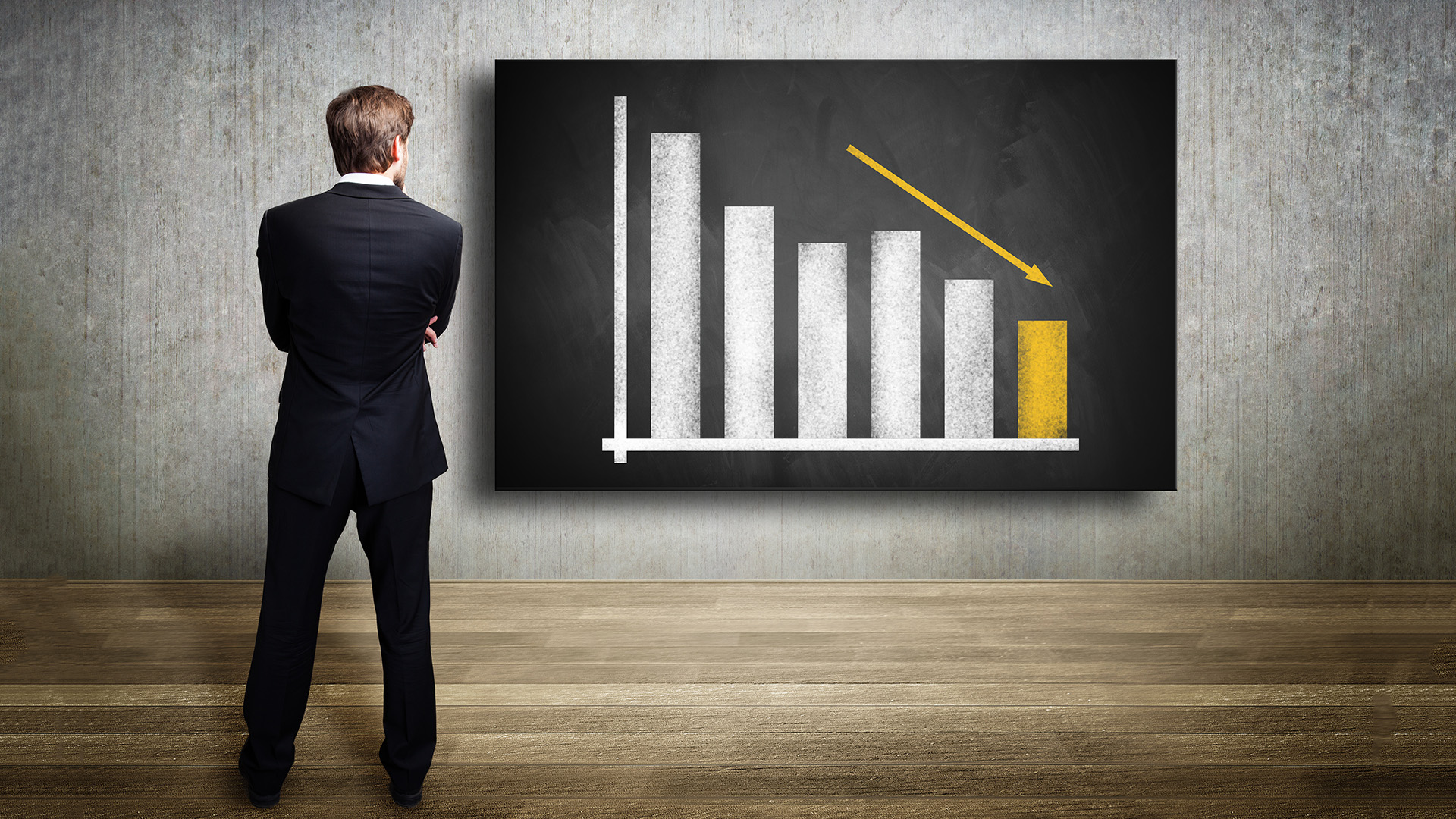
For a country dependent on trade to pay its way like Australia, the news about world trade is glum.
While the line ahead of the Group of 20 meeting was that the sharp fall in activity was slowing, reality is that the fall in trade will continue for months to come, as will unemployment.
They are the two ‘lagging indicators;’ last of all to slow, and last of all to rise.
In this bitter slump, world trade has been hit in ways never thought of previously with globalisation and just in time supply chains hit harder than any one has so far predicted.
The World Trade Organisation has forecast that global trade will fall 9% this year, the biggest fall since the second world war as the global recession bites.
The WTO said the contraction in developed countries will be particularly severe with exports falling by 10% this year.
"In developing countries, which are far more dependent on trade for growth, exports will shrink by some 2%-3% in 2009," the WTO said.
Economic contraction in most of the industrial world and steep export declines already posted in the early months of this year by most major economies — particularly those in Asia — makes for an unusually bleak 2009 trade assessment, said the WTO in its annual assessment of global trade.
Signs of the sharp deterioration in trade were evident in the latter part of 2008 as demand sagged and production slowed.
Although world trade grew by 2% in volume terms for the whole of 2008, it tapered off in the last six months and was well down on the 6% volume increase posted in 2007.
That’s graphic, but perhaps a better illustration was in the most recent edition of The Economist magazine, which started a story on trade this way.
"LIKE unwelcome guests who will not leave, 453 container ships, 11% of global capacity, now float outside the harbours of Hong Kong, Singapore and other South-East Asian ports.
"They are unwanted by their hosts as well as their customers.
"In recent days China has quietly let it be known that it wants to rid its territorial waters of these nautical squatters.
"Only five years ago huge demand from China meant that all these ships, and more, were desperately needed. This had a dramatic impact first on shipping rates, and then on supply.
"Between the end of 2006 and July 2008, shipyards received enough commissions to double the world’s fleet. Now these new ships—more than 9,000 vessels—are taking to the water just as demand has collapsed. The world is awash with ships," The Economist said.
Imagine the coal queues off Australian coal ports in NSW and Queensland that dominated headlines last year. Upwards of 100 bulk carriers, perhaps more in the first half of 2008. They have gone as demand has fallen and shipments dropped.
But these were huge bulk carriers for coal (and iron ore off the WA ports around Port Headland).
The ships in The Economist story are part of the lifeblood of world trade: highly sophisticated vessels capable of transporting 100,000 tonnes or more of cargo in some cases, from China to the West Coast of the US in four to eight days, and capable of going to Europe and back again in a month, depending on the ports to be serviced.
These vessels are now unwanted, such as has been the fall in exports from Asia to the rest of the world and from Asia to the rest of the region.
Japanese exports were down around 50% in February, US exports off sharply as well, South Korean exports down more than 22% in March, China’s off over 25% and imports down more than 24%.
We can see that decline in trade in shipping figures for the Ports of Sydney.
Total trade for the financial year to 28 February 2009 was 19.0 million mass tonnes – a decrease of 1.3% compared to the same period last year, after being up 1.1% for the six months to December.
That was the highest ever half yearly total, and then the volume plunged in January and February.
While container trade performance for the eight month to February for the 2008/09 financial year was 1.25 million TEUs (Twenty foot equivalent unit), up 4.5 % on the same period last year, but it was up 66.% in the six months to December.
Container trade in February fell 15.5% on the same month of 2008.
"Impacting on this result was the decrease in trade with East Asia (-32%) and South East Asia (-17%) when compared to February 2008,” The Sydney Ports Authority said.
“The comparison is also affected by the lower number of days in February 2009 (28 days) compared to February 2008 (29 days) and the earlier Chinese New Year which impacts on production in China.
"Full container exports for the 8 months to February were up 16.6% compared to the same period last year. But this is down on the 18.2% rise in the six months to December.
"The higher exports of timber, cereals, machinery and transport equipment and textile fabrics have been the primary drivers of the growth.
"Timber exports have outperformed other commodities for YTD February 2009/09, up over 170% on the same period last year which was driven by increasing demand from China for Australian timber.
"The depreciation of the Australian Dollar has improved the competitive position of Australian firms, which has contributed to the higher exports," the Sydney Ports Authority said in a report on its website.
"Non-containerised imports for the financial year to February 2008/09 fell 6.3% compared to the corresponding period last year.
This was due mainly to lower crude oil imports, which fell 8.6% on the same period last year.
"However in contrast, refined oil im













